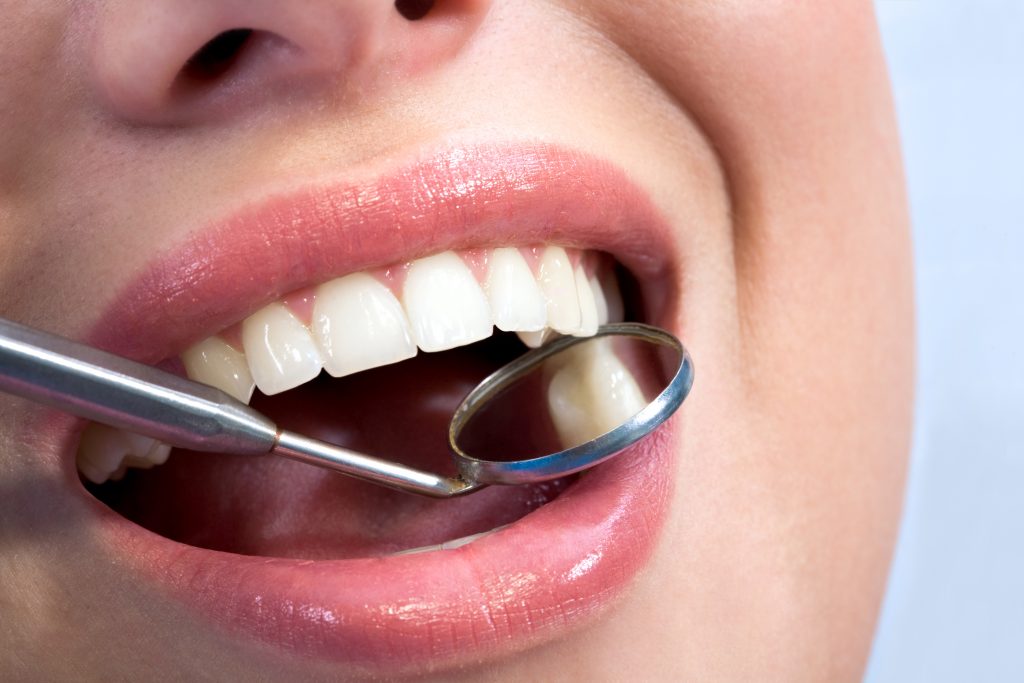
In the digital age, dental websites have emerged as a significant player in the healthcare industry. These platforms play a crucial role in enhancing the virtual patient experience. The ability to find in-depth information about treatments, book appointments, and receive updates online have transformed the way patients interact with dental practices. A well-designed and user-friendly website can not only attract new patients but also foster loyal relationships with existing ones. However, creating a website that truly enhances the patient experience involves numerous elements, from intuitive navigation and informative content to online booking capabilities and robust SEO. In the following sections, we’ll delve deeper into these aspects, offering insights on how to maximise the potential of your dental website.

The Importance of a Professional Dental Website
A professional dental website is not merely an online presence; it’s a virtual representation of your practice. The design, functionality, and content of the website can significantly influence potential patients’ perceptions. In a world where the majority of people seek online information before making health-related decisions, a comprehensive and user-friendly website becomes indispensable. An effective dental website should give a clear picture of the services offered, philosophies of the practice, and the team’s expertise. Importantly, it should engender trust and credibility, making patients feel comfortable about choosing your services. Remember, your website is often the first point of contact for potential patients. Therefore, a professional, easy-to-navigate, and informative website can be instrumental in converting site visitors into actual patients, thereby enhancing the virtual patient experience.
User Experience: A Paramount Aspect of Dental Websites
User experience is fundamental in the design of effective dental websites. A website that is easy to navigate and intuitive can significantly enhance the virtual patient experience. Menus should be clearly defined, pages should load quickly, and contact information should be easily accessible. Moreover, incorporating features like online booking systems and virtual consultations can provide added convenience to patients. It’s also essential to ensure your website performs optimally on all devices, particularly mobile phones, given the increasing number of people accessing the internet on their handheld devices. Lastly, consider including a FAQs section or a chatbot to address common queries instantly. By prioritising user experience, you can create a dental website that caters to the needs of your patients effectively and efficiently.

How to Boost the Virtual Patient Experience
Boosting the virtual patient experience on dental websites involves a multifaceted approach. Firstly, ensure your website provides comprehensive information about your services, treatments, and team. This transparency fosters trust and helps patients make informed decisions. Secondly, incorporate features that enhance convenience, such as online appointment booking, virtual consultations, and easy access to patient forms. Thirdly, make your website interactive through a blog section, patient testimonials, and social media links. These elements not only engage visitors but also give them a sense of your practice’s culture and values. Lastly, optimise your website for search engines to increase visibility and attract more traffic. Remember, a better virtual patient experience can translate into an increased patient base, improved patient retention, and ultimately, a stronger online presence for your dental practice.
Key Elements of a Successful Dental Website
A successful dental website hinges on several key elements. Foremost among these is a clean, professional design that reflects your practice’s brand and ethos. Coupled with this, a straightforward and intuitive navigation system helps patients find the information they need effortlessly. Equally important is the provision of informative, easy-to-understand content that educates visitors about your services and treatments. Features like online booking and e-forms can enhance convenience, while a dedicated testimonials section can foster trust. The inclusion of interactive elements like blogs and social media links can vastly improve engagement. Finally, a mobile-friendly design and robust SEO are essential in the digital age. By incorporating these elements, dental websites can significantly enhance the virtual patient experience, driving patient acquisition and retention.
Optimising Your Dental Website for SEO
SEO is essential to increase visibility and attract more traffic to dental websites. Start by identifying relevant keywords related to your services and incorporate them naturally in your content. Ensure your website loads quickly, as slow speed can deter visitors and negatively affect SEO. Create quality backlinks to your site to improve its authority. Keep your content fresh and regularly updated. Make use of metadata – title tags, alt text, and meta descriptions, as they play a significant role in search ranking. Don’t forget to optimise for local search, considering most of your patients would be from the local vicinity. Remember, a well-optimised website not only ranks higher in search results but also enhances the virtual patient experience by providing relevant and accessible information.
The Future of Dental Websites
The future of dental websites looks promising, with technological advances fuelling their evolution. We’ll see further strides in user experience, with the integration of AI systems and chatbots for instant patient assistance. Virtual consultations will become more prevalent, transforming the way dental care is delivered. Greater emphasis will be placed on personalisation, with websites tailoring content to individual users for a more engaging and relevant experience. Mobile optimisation will continue to be critical, given the increasing use of smartphones for internet access. Lastly, the role of SEO in dental websites will become more significant, with continuous algorithm updates demanding adaptive SEO strategies. By staying abreast of these trends, dental practices can ensure their websites not only meet but exceed patient expectations, enhancing the overall virtual patient experience.

